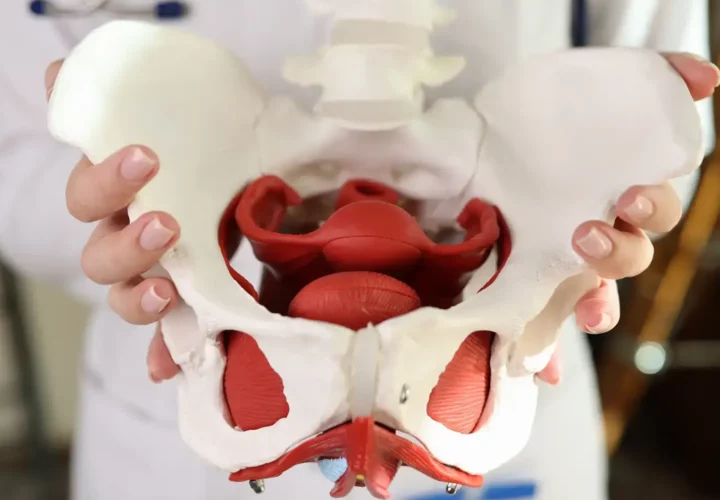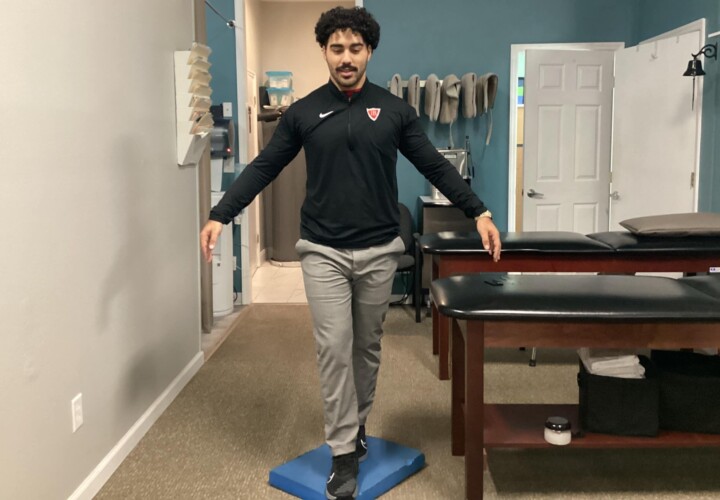As we get older, we may find it more common to have multiple health care providers treat us. This can lead to potential increased risk of medication mistakes. These include: too much of the same kind, not the right doses, or not appropriate. This is called polypharmacy. It is defined as taking 5 or more medications, or the excessive or inappropriate use of medications. When medications are either not the right dosage, or the wrong kind it can affect our well being. Side effects can include increased drowsiness, fatigue, dizziness, lightheadedness, visual changes, and many others that can affect how we perform our daily activities and ultimately increase risk of falls.
As patients go from provider to provider, the providers may not have the most updated information on your medication history. This can lead to prescription errors. We will go over tips to help decrease these mistakes. This will help keep track for yourself, a caregiver taking care of someone else, and for your medical providers.
Keep a running list of medications from each of your medical providers.
Whether written or typed, having one ready to go can help when you get examined by a new provider. Especially when they ask for a complete medication list. It allows them to assess which ones can continue, which ones can be discontinued, or which ones can be changed. This helps make it safe for you.
Make sure to record or write down the name and dosage of the medication.
Ask what the medications are for and record it
Do not be afraid to ask your physician or pharmacists what your medications are for. It is your patient right to ask! Whether it is for diabetic management or high blood pressure, it is important to keep track of what your medication is for.
Review your medications regularly with your physicians
Update your medical providers on what medications you are taking
They can look for and assess for interactions, stop medications when possible, switch to safer alternatives, and reduce medications to the lowest effective dose when medically appropriate.
If you have visual difficulties (such as issues distinguishing colors, or cannot read small print), please let your pharmacist know.
- Most pharmacies can change how the directions of the label are printed. They also can provide extra information on description of the medications to make sure you are taking them correctly.
Daily Medication Reminders
Some people find it easiest to place their medications in a pill tab organizer for every day of the week.
There are also apps on smart phones that can send medication reminders as well.
Try to incorporate a regular schedule of when you take your medications. This decreases the risk of forgetting it, or not being able to remember if you took a medication or not.
It could also be helpful keeping a tracking system of when you take medications, that way if you can’t remember if you took it or not you can take a look.
Take note of any side effects when starting a new medication.
If you feel any symptoms that seem out of the ordinary or are affecting your daily activities, please let your physician as soon as possible.



